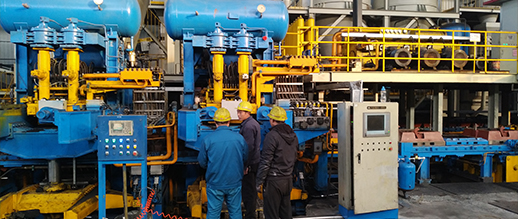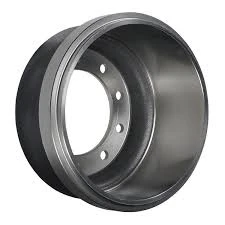Feb . 16, 2025 08:18
Back to list
drum brakes shoes
Drum brakes, a crucial component in automotive engineering, continue to be employed in many vehicles today due to their durability and efficacy under certain conditions. At the heart of drum brakes are the shoes, a critical element that ensures the system functions optimally. This article delves into their significance, various types, installation techniques, and maintenance tips to optimize their performance and longevity.
Choosing quality drum brake shoes is essential for performance. Evaluate the compatibility with your specific vehicle make and model to ensure fit and function. Brands with a reputation for high-quality materials and rigorous testing standards tend to offer products with enhanced durability and reliability, thus providing better vehicle safety and performance. Always opt for products with verifiable credentials and certifications that adhere to industry standards. For those interested in upgrading or replacing their drum brake shoes, enlisting a certified mechanic can prevent costly mistakes down the road. Professional expertise ensures all components are correctly fitted and aligned, helping to avoid issues such as uneven wear or brake failure. However, for the mechanically inclined, numerous resources such as detailed manuals and online tutorials provide guidance for do-it-yourself installations. Trust in drum brake shoes is built upon consistent product innovation, meeting evolving safety standards, and the continuous development of friction materials that enhance vehicle stopping power. Established manufacturers continue to invest in research and development to improve the effectiveness and reliability of their brake components. This commitment to quality can provide peace of mind for drivers seeking dependable and safe braking solutions. In summary, drum brake shoes remain a vital component of vehicle safety, offering a time-tested solution for braking needs. Understanding the different materials available, as well as correct installation and maintenance procedures, ensures that vehicles remain safe on the road. By selecting quality components and adhering to proper maintenance schedules, motorists can rest assured that their drum brakes will offer reliable performance for years to come. The confidence derived from well-maintained brakes is invaluable, underscoring their importance in the broader automotive safety framework.


Choosing quality drum brake shoes is essential for performance. Evaluate the compatibility with your specific vehicle make and model to ensure fit and function. Brands with a reputation for high-quality materials and rigorous testing standards tend to offer products with enhanced durability and reliability, thus providing better vehicle safety and performance. Always opt for products with verifiable credentials and certifications that adhere to industry standards. For those interested in upgrading or replacing their drum brake shoes, enlisting a certified mechanic can prevent costly mistakes down the road. Professional expertise ensures all components are correctly fitted and aligned, helping to avoid issues such as uneven wear or brake failure. However, for the mechanically inclined, numerous resources such as detailed manuals and online tutorials provide guidance for do-it-yourself installations. Trust in drum brake shoes is built upon consistent product innovation, meeting evolving safety standards, and the continuous development of friction materials that enhance vehicle stopping power. Established manufacturers continue to invest in research and development to improve the effectiveness and reliability of their brake components. This commitment to quality can provide peace of mind for drivers seeking dependable and safe braking solutions. In summary, drum brake shoes remain a vital component of vehicle safety, offering a time-tested solution for braking needs. Understanding the different materials available, as well as correct installation and maintenance procedures, ensures that vehicles remain safe on the road. By selecting quality components and adhering to proper maintenance schedules, motorists can rest assured that their drum brakes will offer reliable performance for years to come. The confidence derived from well-maintained brakes is invaluable, underscoring their importance in the broader automotive safety framework.
Latest news
-
Brake Drums for Trucks | OEM-Grade, Factory DirectNewsNov.10,2025
-
High-Performance Brake Drums for Trucks | OEM & ISONewsNov.10,2025
-
Brake Drums Built to Last — OEM-Grade, Balanced for TrucksNewsNov.10,2025
-
Brake Drums for Trucks – OEM-Grade, Durable, Low NoiseNewsNov.10,2025
-
Brake Drums for Trucks | OEM, ISO-Certified, Fast DeliveryNewsNov.10,2025
-
Brake Drums: OEM-Grade, Precision Balanced, Factory DirectNewsNov.03,2025
-
Brake Drums: Heavy-Duty, OEM-Grade, Precision-BalancedNewsNov.03,2025


